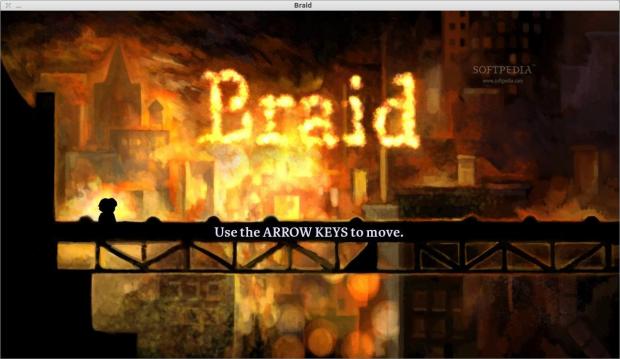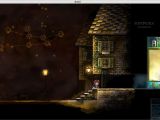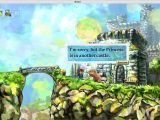Braid is a platformer game, but we’ve seen a lot of these in the past years. So why is it regarded as some sort of game demigod when people whisper its name in dark corners?
Nowadays, every game must have some sort of game mechanics that make it different from everybody else’s. This is true, no matter what genre we are talking about, ranging from first-person shooters to simple platformers.
Braid tries to do something different and I have to admit that, without these interesting mechanics in the gameplay, not many people would have given it a second glance.
The game was developed by Jonathan Blow, an independent developer who thought that his idea is worth investing time into, and guess what? He was correct.
Braid was later ported to a lot of platforms and it even made it to Linux back in 2010, with the help of the second Humble Indie Bundle initiative.
Installation
The port was developed by Ryan C. Gordon, who made sure most Linux users would be able to play the game with no problems whatsoever. Three packages are provided: a .bin file which is easy to use and install, and two .deb files, one for the 32-bit arch and the second one for the 64-bit arch.
We've installed Braid on Ubuntu 12.04 LTS and everything went without a hitch. For more details about parameters which can be applied when running the game, please consult the “readme” provided at the start of the installer. There's some important information there regarding window mode or changing the screen’s resolution.
Story and Gameplay
The main protagonist is called Tim and he searches for the princess. It sounds familiar, and it should. The developer made no attempt to hide the source of this story theme – Super Mario.
The main difference between Super Mario and Braid is the fact that the latter game actually has a story which evolves over time and which reveals itself slowly. It even has a major plot twist, right at the end. Saying anything more will constitute a spoiler, but I have to say it’s one of the most satisfying endings I have witnessed. It's a difficult journey, but it is worth the effort.
Jonathan Blow sponsored the game with his own money and enlisted the help of David Hellman for the artwork. The reason I’m mentioning this is because you can actually see it in the way the levels are built and in the gameplay.
When a game is developed by a single individual, he already knows what the game should be like and what he wants to achieve. This will ultimately translate into a game with no flaws in terms of story and very few when it comes to gameplay.
As I said before, Braid could be just a run-of-a-mill platformer, with a nice artwork, and nothing more, but the time mechanics implemented make it unique.
The manipulation of time isn’t something new. It’s been done extensively in games such as Prince of Persia and Timeshift, but not at a small scale, which I would love to see in a triple AAA title.
The game consists of six levels and each of them comes with certain particularities. Tim can manipulate time, reversing his death if necessary, but every level is different and players will have to adjust what they’ve learned in the previous one.
Beside time manipulation, Tim does what every other character does in platforming games: running, jumping, stomping enemies on the head, looking for keys, and so on. His end goal is to collect pieces of the story puzzle and find where his princess is.
The Bad
The first issue is related to the general difficulty of the game. Even if Jonathan Blow admitted that some of the puzzles would have been impossible to solve without the time gimmicks, I would have expected a more uniformed difficulty. As it stands, some of the areas are way too easy and others makes you wish for a life in which you’re not in love with games.
The second problem has to do with changing the resolution. There's a menu entry, but it doesn't work. I bypassed it by starting the game from a terminal with the -windowed parameter.
 14 DAY TRIAL //
14 DAY TRIAL // 








